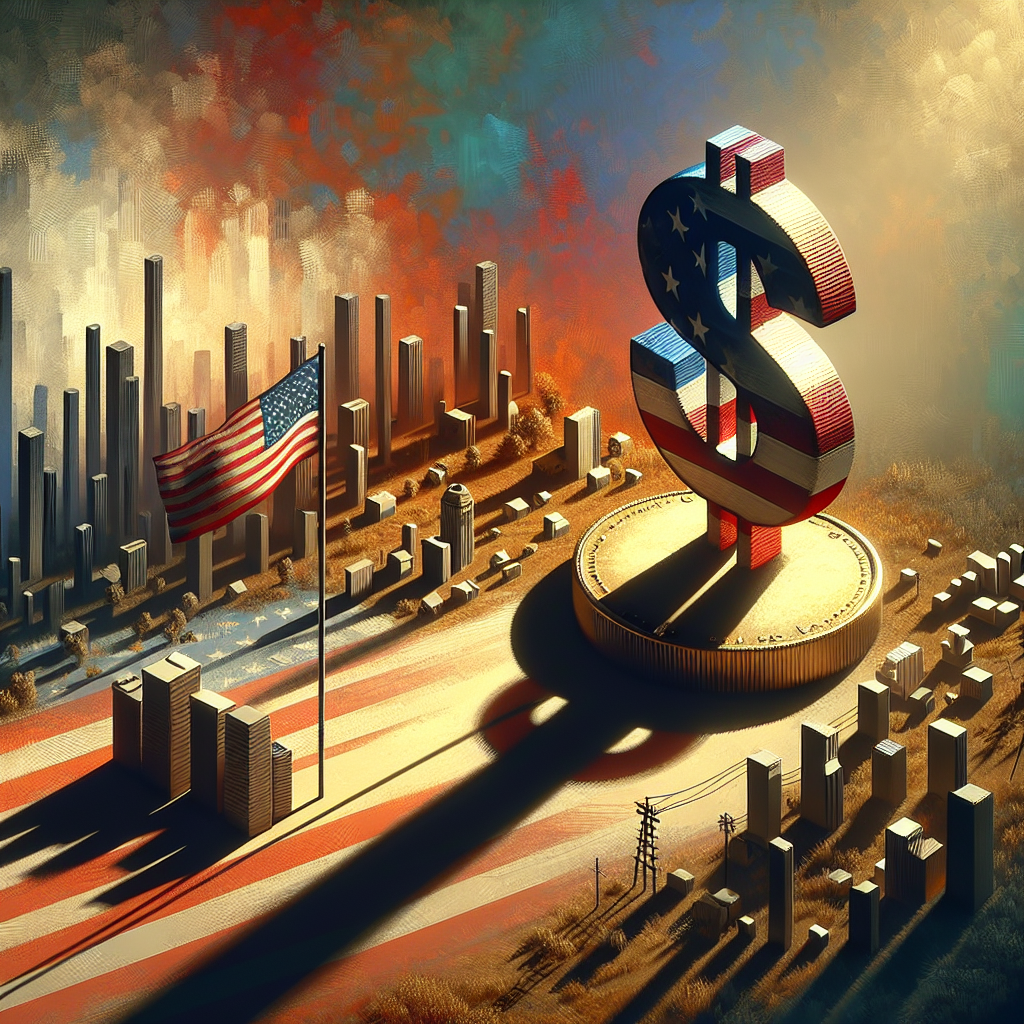Trump’s USD1 Stablecoin Raises Conflict of Interest Concerns
The emergence of cryptocurrency continues to blur the lines between traditional finance and the digital world, commanding attention from investors and politicians alike. In this context, the introduction of a stablecoin backed by former President Donald Trump’s involvement has sparked significant debate and raised flags regarding potential conflicts of interest. As details unfold around Trump’s USD1 stablecoin, various stakeholders are examining the implications for legality, finance, and transparency.
Understanding Stablecoins and Their Significance
Stablecoins are a type of cryptocurrency designed to minimize price volatility. They maintain a stable value by being pegged to a reserve asset, typically a currency like the U.S. dollar. This stability makes them appealing for transactions and as a store of value, allowing for easier integration into everyday economic activities and reducing the risk that often accompanies traditional cryptocurrencies like Bitcoin or Ethereum.
Key Features of Stablecoins:
- Price Stability: Closely tied to stable assets, ensuring minimal fluctuation.
- Transaction Efficiency: Faster, cheaper cross-border transactions compared to traditional banking systems.
- Trust and Verification: Built on blockchain technology, providing transparency and public verifiability of transactions.
The growing acceptance of stablecoins among individuals and businesses alike reflects a shifting attitude towards digital currencies, urging regulatory bodies to reconsider their stance on cryptocurrency.
The Launch of Trump’s USD1 Stablecoin
Backed by the political and financial prowess of Donald Trump, the USD1 stablecoin aims to leverage his extensive network and brand influence. However, it is significant to view this development critically, especially considering Trump’s already controversial legacy in politics and business.
The stablecoin, hypothetically priced at USD1, is poised to enter a burgeoning market that has seen exponential growth over the past decade. As public interest surges, economists and legal experts are investigating what this could mean for the broader cryptocurrency landscape.
Potential Conflict of Interest
The utility of a Trump-backed stablecoin brings forth various concerns relating to conflict of interest. Given Trump’s extensive past dealings and political influence, several questions arise:
- Financial Influence: Can a stablecoin endorsed by a prominent political figure sway his followers and affect their financial decisions?
- Regulatory Scrutiny: Will governing bodies impose stricter regulations on this coin, setting a precedent for how stablecoins are treated in the financial ecosystem?
- Market Manipulation Risks: What mechanisms are in place to ensure that the stablecoin remains genuinely backed and that undue influence is not exerted following its launch?
Opponents argue that mixing personal brand influence with digital currency issuance could lead to manipulative practices and undermine public trust in the already fragile cryptocurrency market.
The Regulatory Implications of Trump’s USD1 Stablecoin
As the cryptocurrency market continues to expand, regulatory frameworks around it remain loose and often ambiguous. The announcement of a Trump-issued stablecoin invites speculation over whether it will face the same challenges as other cryptocurrencies, particularly concerning regulations governing money transmission and securities.
Key Considerations Include:
- Compliance with Federal Regulations: The Federal Reserve and other financial regulatory bodies may impose strict requirements on how heavily a stablecoin is regulated.
- Potential for Increased Scrutiny: Being associated with a high-profile individual could provoke regulators to increase oversight across the broader cryptocurrency space.
- Taxation Issues: How will transactions made through the stablecoin be taxed? This remains a hot topic as stablecoin usage grows.
A well-defined regulatory structure could mitigate risks associated with potential fraud, market volatility, and illicit activity while providing a pathway toward legitimacy.
Public Reception and Market Impact
The prospect of Trump’s stablecoin has ignited varying reactions from both supporters and critics. Proponents believe it represents innovation in personal finance and a way to enhance digital currency adoption among traditional investors. Critics, however, express skepticism about its validity and the ethical implications of intertwining politics and finance.
Some key points of contention include:
- Trust Issues: Many potential users may be wary of a cryptocurrency linked to a controversial figure.
- Impact on Market Stability: The introduction of a politically-backed stablecoin could influence market behavior and sentiment.
- Inclusivity vs. Exclusivity: Will Trump’s branding help reach broader audiences, or will it alienate potential users who do not align with his political views?
Ultimately, public reception of the stablecoin will determine its long-term viability and acceptance in the marketplace.
Conclusions on Trump’s USD1 Stablecoin
As the cryptocurrency landscape evolves, so too does the potential for influential figures to shape this nascent industry. Trump’s USD1 stablecoin encapsulates the intersection of finance and politics, raising critical questions about trust, transparency, and regulation.
While the stablecoin may engender rapid growth, stakeholders must tread carefully to navigate potential conflicts of interest and ensure that it contributes positively to the financial ecosystem.
The coming months will be crucial in determining the implications of Trump’s stablecoin as both the cryptocurrency market and regulatory frameworks continue to develop. In an era of digitization, issues of ethics, legitimacy, and public confidence will dictate not just the success of the USD1 stablecoin but also the future of cryptocurrency as a whole.
In conclusion, as we witness the unfolding developments around Trump’s USD1 stablecoin, it is imperative to remain observant of the broader impacts on the cryptocurrency ecosystem, investor behavior, and regulatory responses.




